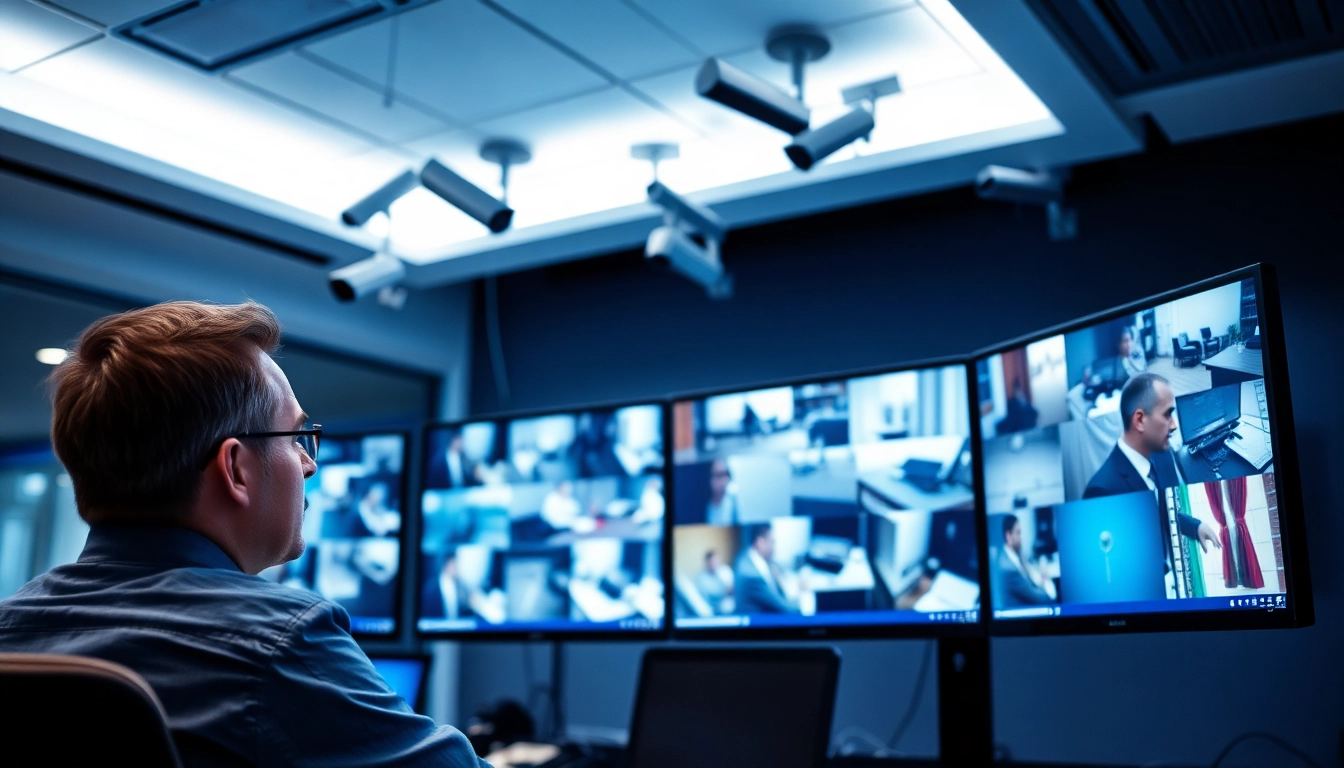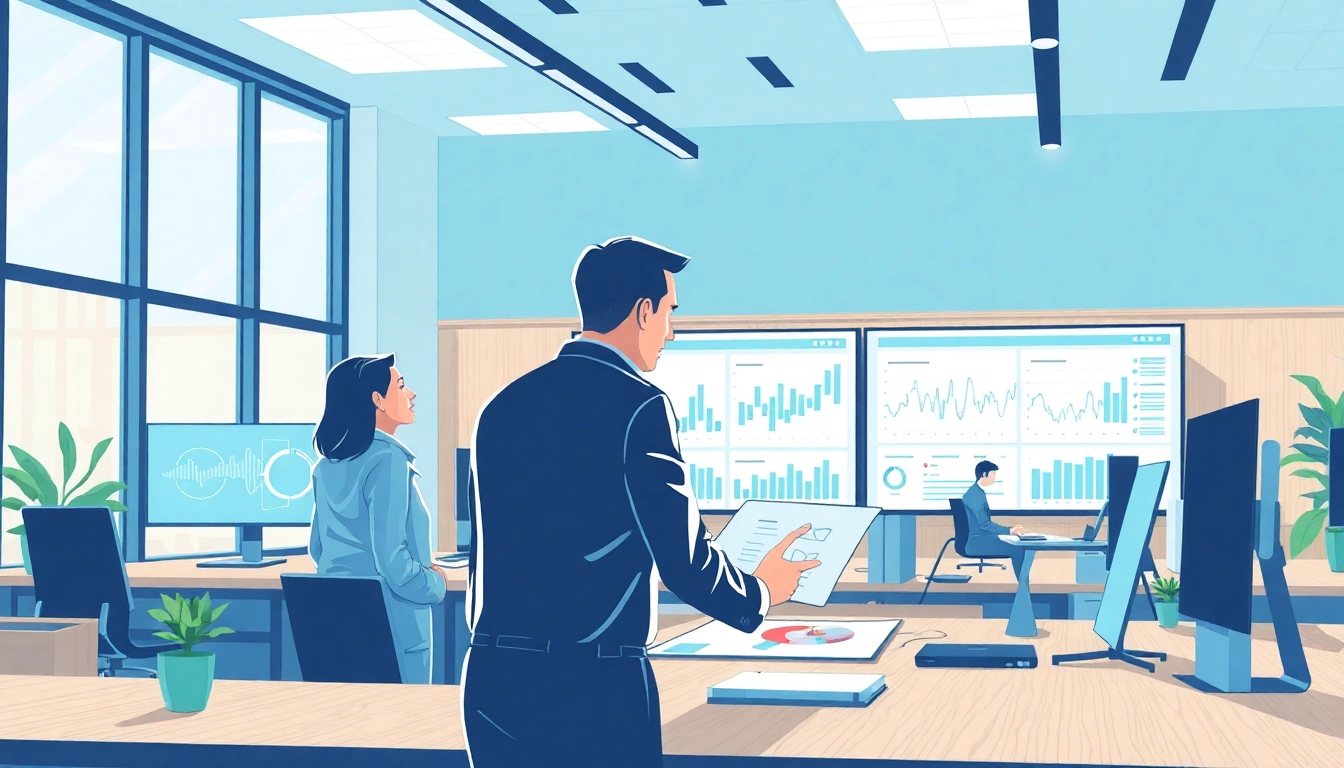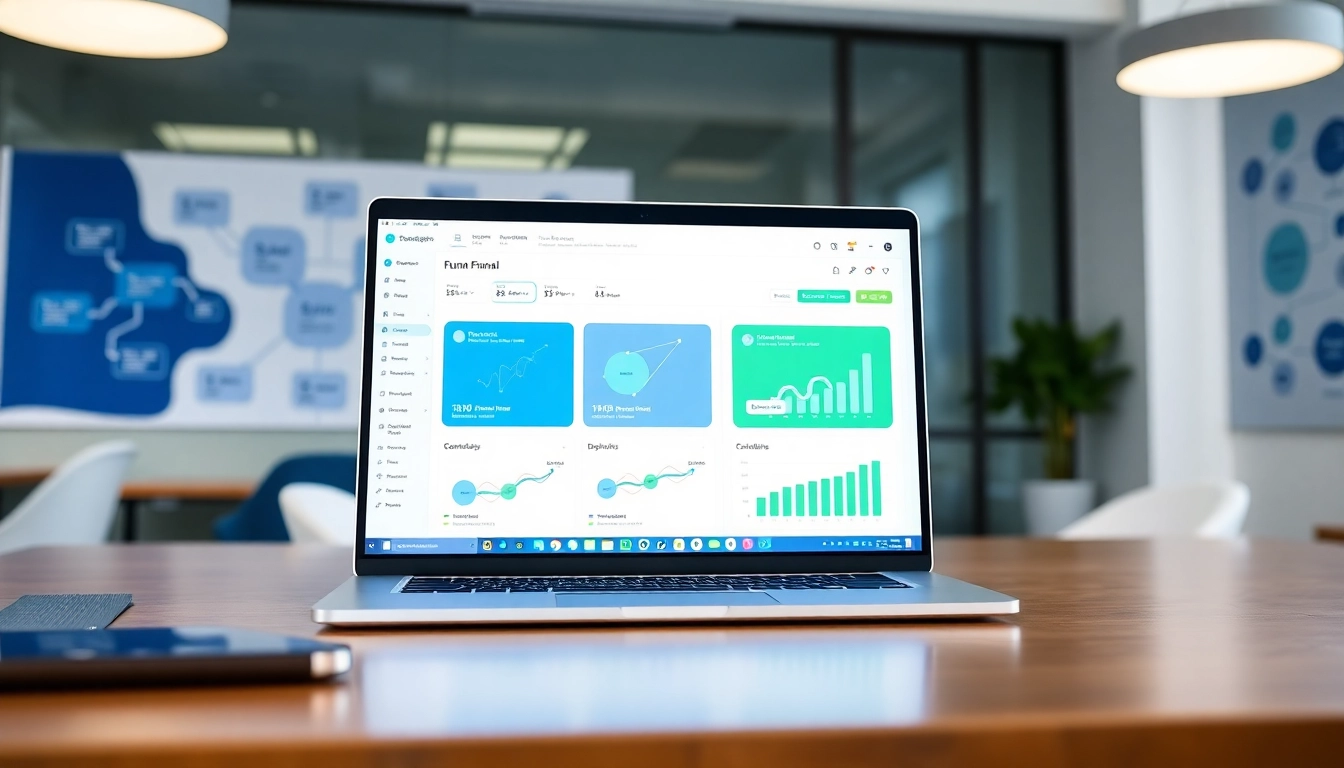What is CCTV & Remote Monitoring?
Defining CCTV & Remote Monitoring Systems
CCTV, or Closed-Circuit Television, refers to the use of video cameras to transmit a signal to a specific place, on a limited set of monitors. This system has been a cornerstone of security practices globally, evolving to offer advanced features including remote monitoring capabilities. Remote monitoring allows operators to access live video feeds and recordings from CCTV cameras over the internet, providing unparalleled flexibility and responsiveness in security management.
The essence of CCTV & Remote Monitoring lies in its ability to deliver real-time surveillance and historical footage analysis, drawing on both hardware and software technologies for optimal security performance. With such systems, businesses can safeguard assets, enhance operational efficiency, and ensure peace of mind regarding the safety of their premises.
How CCTV & Remote Monitoring Works
The operation of CCTV & remote monitoring systems involves several key components. At the heart of this technology are the cameras, which capture video footage of the area being monitored. These cameras can vary in type—from fixed-position models to those with pan, tilt, and zoom capabilities—allowing for broad coverage and adaptability to various security needs.
Once footage is captured, it is transmitted to a local storage device or a cloud server where it can be accessed remotely. Modern systems utilize the Internet Protocol (IP) to send this data, ensuring high-quality images can be viewed in real-time via smartphones, tablets, or computers. Additionally, the footage can be analyzed using artificial intelligence (AI) technologies to automatically detect unusual events or behaviors, enhancing response times and reducing reliance on human monitoring alone.
Benefits of Implementing CCTV & Remote Monitoring
The advantages of utilizing CCTV & remote monitoring systems are manifold. Firstly, they significantly enhance security by providing continuous surveillance, ensuring that any incidents can be addressed promptly, thus deterring potential criminal activities. Furthermore, these systems offer invaluable documentation following a security incident, which can aid in investigations and legal proceedings.
Cost savings is another crucial benefit. Many businesses opt for remote monitoring as it can reduce the need for physical security personnel, lowering overhead costs. Furthermore, the capacity to monitor multiple locations from a single point allows for better resource allocation and management.
Lastly, CCTV & remote monitoring systems contribute to overall workplace safety, helping to monitor employee activities, ensure compliance with safety protocols, and provide a secure environment for working and visiting personnel.
Key Features of CCTV & Remote Monitoring Systems
Video Quality and Resolution in CCTV & Remote Monitoring
The quality of video captured by CCTV systems is paramount. High-definition (HD) cameras, including 4K resolution options, offer clarity that aids in identifying faces, license plates, and other critical details that can be essential for security assessments and investigations. It is crucial to opt for systems with adaptive bitrate streaming, allowing for optimal video quality regardless of bandwidth availability.
Moreover, features such as night vision and infrared capabilities can enhance visibility under low-light conditions, ensuring reliable performance at any hour. Advanced encoding and compression technologies also allow for improved storage efficiency while maintaining high visual fidelity, leading to cost-effective solutions without compromising image quality.
Remote Access Capabilities
One of the distinguishing advantages of modern CCTV systems is the ability to access footage remotely. This capability is made possible through dedicated applications compatible with various operating systems, providing users with the flexibility to monitor their environments anytime, anywhere.
This connectivity extends the functionality of CCTV systems significantly, allowing for live streaming, alert notifications for detected events, and historical footage searches—all from the convenience of a mobile device. For businesses with multiple locations, centralized monitoring solutions can streamline oversight processes, thereby enhancing overall operational efficiency.
Integration with Security Systems
CCTV & remote monitoring systems can integrate seamlessly with various other security technologies, such as alarm systems, access control measures, and even intercoms. This synergy not only provides a holistic security approach but also facilitates automated responses based on pre-set security protocols.
For instance, if motion is detected after hours, the surveillance system can trigger alarms, alert local authorities, and begin recording the incident, thereby optimizing responsiveness and minimizing potential damages. Such integrated solutions allow businesses to tailor their security infrastructure to meet specific operational needs effectively.
Choosing the Right CCTV & Remote Monitoring Provider
Evaluating Provider Credentials and Services
When selecting a CCTV & remote monitoring service provider, it’s essential to assess the company’s credentials and experience. Look for providers with a proven track record in the industry, including certifications and affiliations with professional security organizations. The diversity of their offerings should also be considered—ensure they provide comprehensive services, including installation, maintenance, and technical support.
In addition, ask for case studies or references from similar businesses to gauge the effectiveness of their systems and customer satisfaction levels. A provider who comprehensively understands the unique security challenges of your industry will offer more tailored and effective solutions.
Understanding Pricing and Service Packages
Pricing can vary widely in the CCTV & remote monitoring industry based on several factors, including the complexity of the installation, the type and number of cameras, and the level of monitoring service required. It is crucial to obtain detailed quotes from potential providers, ensuring that all costs are transparent and there are no hidden fees.
Consider service packages that bundle installation, maintenance, and cloud storage options for better value. While cheaper options might seem appealing, they could lack essential features or future scalability, so it’s wise to weigh costs against the long-term benefits and potential return on investment.
Assessing Customer Support and Resources
Exceptional customer support is integral to any technology service, and CCTV & remote monitoring providers are no exception. Ensure that your chosen provider offers robust support avenues, including technical support, troubleshooting resources, and regular maintenance checks.
Having access to a dedicated support team that operates beyond standard business hours can provide invaluable peace of mind, especially given that security issues can arise at any time. Additionally, comprehensive training resources for your staff will maximize the systems’ effectiveness and enhance overall security operations.
Common Challenges with CCTV & Remote Monitoring
Identifying Operational Limitations
While CCTV & remote monitoring systems are effective, businesses should acknowledge potential operational limitations. For instance, cameras can be vulnerable to tampering or malicious damage, necessitating protective installations and regular updates to security protocols.
Furthermore, ensuring adequate bandwidth and storage capacity to handle high-definition video streams can be challenging, especially in larger setups. It’s essential to understand these limitations and plan accordingly to mitigate disruptions in security service delivery.
Mitigating Privacy Concerns
Privacy remains a significant concern in the deployment of CCTV cameras. Organizations must balance security needs with privacy rights by developing clear policies that outline the intended use of surveillance footage and data protection practices.
Communicating these policies to employees and customers can foster transparency and build trust. Moreover, adhering to local legislation governing surveillance practices and ensuring cameras are strategically placed (to minimize intrusive surveillance) are crucial steps in addressing privacy concerns effectively.
Managing Data Security Risks
The digital nature of remote monitoring systems opens potential vulnerabilities to cyber-attacks and unauthorized access. It’s crucial to implement robust security practices, including encryption of data streams, secure password policies, and regular software updates to protect sensitive information.
Additionally, consider utilizing network firewalls and intrusion detection systems to safeguard against unauthorized access. Investing in cybersecurity education for staff can further enhance your organization’s resilience against data breaches and security flaws.
Best Practices for Effective CCTV & Remote Monitoring
Installation Tips for Optimal Coverage
Effective CCTV & remote monitoring begins with proper installation. Assess your premises to identify high-risk areas and determine the optimal placements for cameras to ensure maximum coverage. This may involve securing entry and exit points, blind spots, and areas of high foot traffic.
Engage professional installers who can not only provide technical expertise but also advise on optimal camera types and technologies suited to each environment. Conducting a site survey prior to installation is critical to understanding potential obstructions and environmental factors that might affect camera performance.
Regular Maintenance and Updates
The effectiveness of any CCTV system hinges on regular maintenance and updates. Schedule routine inspections to ensure all components—from cameras to recording devices—are functioning optimally. Update firmware and software to benefit from the latest security features and address any vulnerabilities.
Additionally, review footage periodically to confirm that cameras are capturing appropriate views and the image quality remains high. Implementing a structured maintenance schedule can significantly enhance the longevity and reliability of your security systems.
Training Staff on Effective Usage
Investing in technology without proper training can lead to missed opportunities and ineffective security practices. Train employees on how to operate the CCTV systems and interpret footage correctly. Education should also involve understanding the organization’s privacy policies concerning surveillance.
Consider simulation trainings to expose staff to various scenarios and teach them how to respond appropriately to incidents. Enhanced staff awareness and proper use of CCTV & remote monitoring technology contribute significantly to overall security effectiveness.



